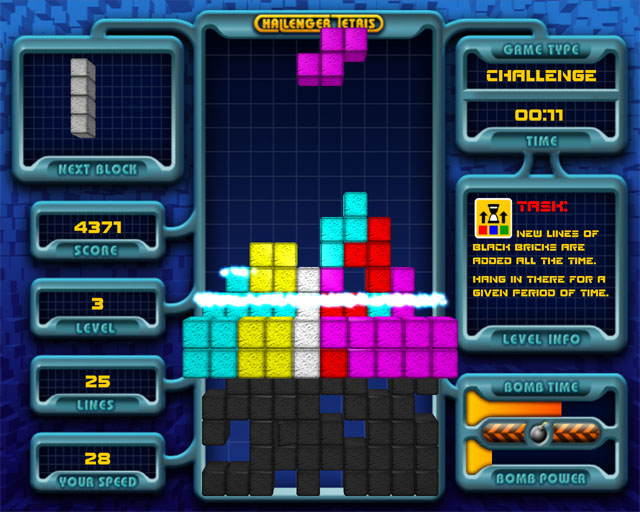

He spent hours fitting the pieces together, trying to bridge the connection between these simple geometric designs and the programmatic, predictable computer platforms he worked on. It was a simple plastic set of pentomino puzzle pieces, and before he knew it, the set had made its way into his hands and soon sat on his desk at the Russian Academy of Sciences.

When he searched the store shelves, something familiar caught his eye. In this exclusive excerpt, we learn how the game's creator, Russian computer scientist Alexey Pajitnov, first conceived of the computer game that would change the world by playing with children's toys.Ĭonsumed by the idea of re-creating game experiences on his Electronica 60 and the other machines he worked on at the academy, Alexey found inspiration in the sprawling aisles of Children’s World, the most famous toy store in Moscow. While many fierce rivals fought tooth and nail to secure the rights, it ended up as the killer app for Nintendo's Game Boy. In the new book The Tetris Effect, available September 6, veteran tech journalist Dan Ackerman presents the definitive telling of one of the most fascinating stories in videogame history: How the world's most popular, enduring, perfect videogame escaped the Iron Curtain.


 0 kommentar(er)
0 kommentar(er)
